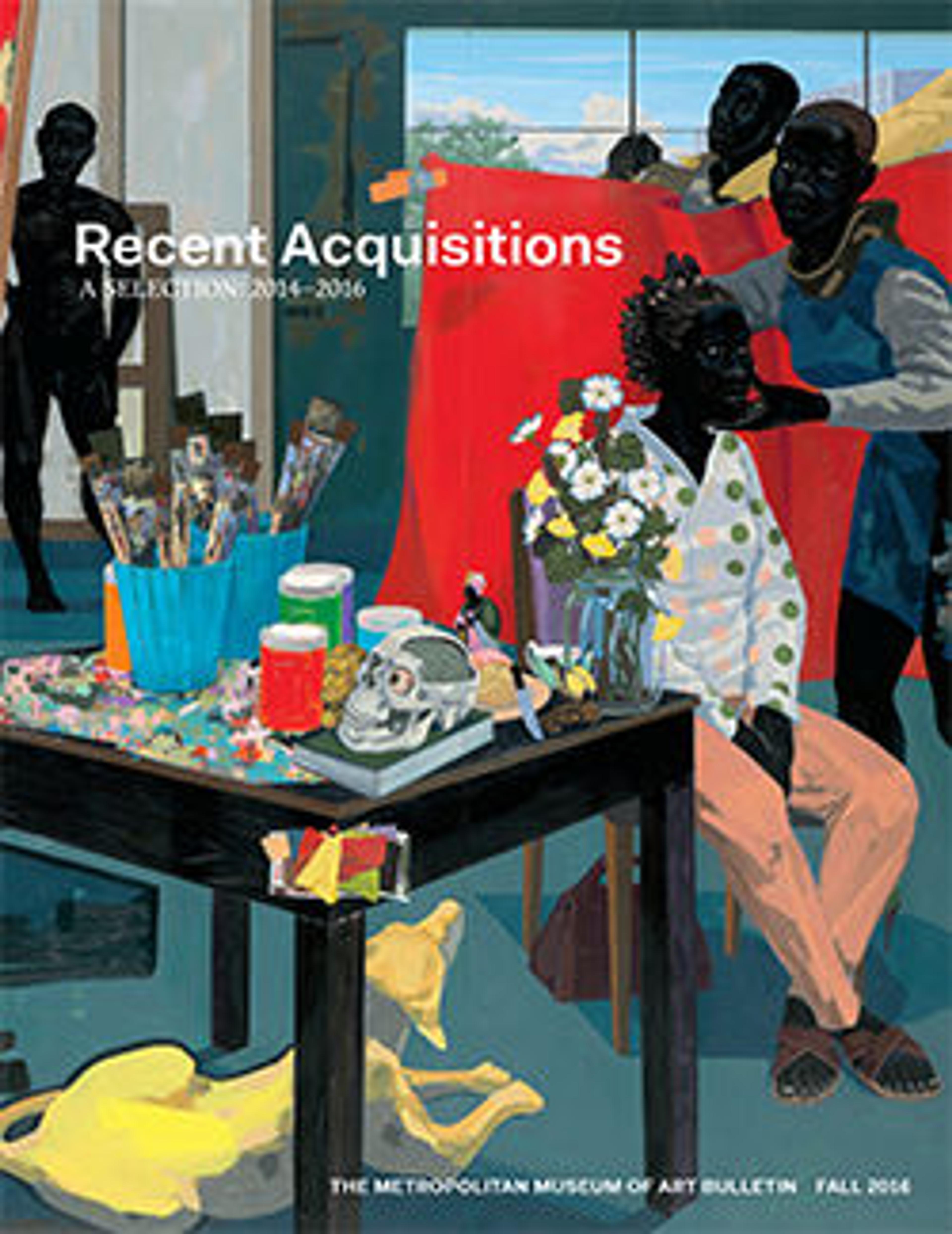Book of Hours
This diminutive Book of Hours is one of Simon Bening’s prayerful jewels, intended for use at regular intervals throughout the twenty-four- hour day (ideally every three hours). It was a reminder of the omnipresence of God, meant to be attached to its owner, or stored with precious possessions. There is a special magic achieved by Bening’s exceptional skill at creating a miniature world. The miniatures follow standard convention, but Bening consistently tweaks the presentation, making this manuscript exceptionally poignant and affecting.
Artwork Details
- Title: Book of Hours
- Artist: Simon Bening (Netherlandish, Ghent (?) 1483/84–1561 Bruges)
- Date: ca. 1530–35
- Geography: Made in Bruges, present-day Belgium
- Culture: Netherlandish
- Medium: Tempera, gold, and ink on parchment; modern red leather binding
- Dimensions: Manuscript: 2 9/16 × 2 1/16 × 1 1/8 in. (6.5 × 5.2 × 2.9 cm)
Folio: 2 5/16 × 1 5/8 in. (5.9 × 4.2 cm)
Illumination only: 1 7/8 × 1 5/16 in. (4.8 × 3.4 cm)
Text area: 1 7/16 in. × 1 in. (3.6 × 2.6 cm) - Classification: Manuscripts and Illuminations
- Credit Line: The Cloisters Collection, 2015
- Object Number: 2015.706
- Curatorial Department: Medieval Art and The Cloisters
More Artwork
Research Resources
The Met provides unparalleled resources for research and welcomes an international community of students and scholars. The Met's Open Access API is where creators and researchers can connect to the The Met collection. Open Access data and public domain images are available for unrestricted commercial and noncommercial use without permission or fee.
To request images under copyright and other restrictions, please use this Image Request form.
Feedback
We continue to research and examine historical and cultural context for objects in The Met collection. If you have comments or questions about this object record, please contact us using the form below. The Museum looks forward to receiving your comments.
